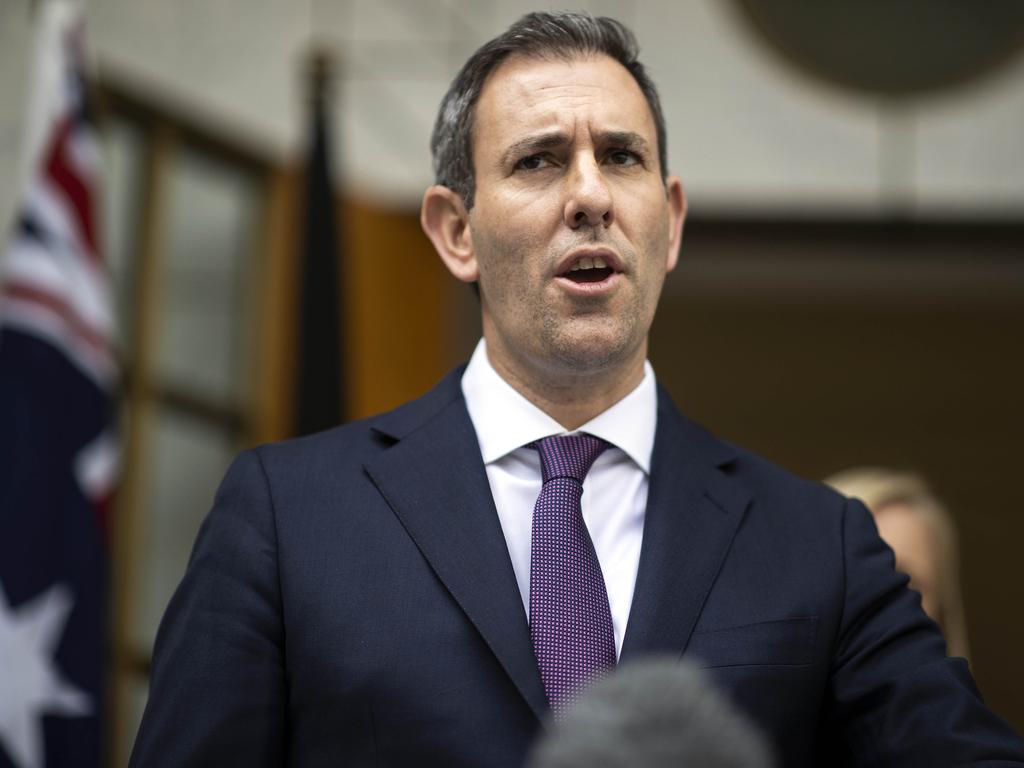Retailers face a turning point as consumers spend more on services than goods
Cracks are starting to appear in the retail sector as a turning point on consumer spending edges closer, Deloitte analysts warn.

Cracks are appearing in the retail sector as shoppers spend more on services than goods and Australia reverts to pre-Covid spending patterns.
The latest retail forecast report by Deloitte Access Economics says this “turning point” is being driven by high price growth, which means prices are becoming the key driver of sales growth rather than volumes.
This is unfamiliar territory for the $320bn retail sector in which price growth has traditionally been lower than the growth in volumes.
Secondly, as the nation reverts towards pre-Covid spending patterns the sector is likely to see growth in spending on services again exceed growth in spend on goods.
For now though, retailers are concerned about having enough labour in such a tight market – and that makes it the perfect time to focus on actions to retain and attract talent, the Deloitte report says.
Deloitte Access Economics partner and principal report author David Rumbens said the spending spree has been particularly centred around discretionary categories such as department stores, apparel and catered food.
Consumers’ growing desire to eat out and engage in experiences supported an 8.6 per cent increase in spending at restaurants, cafes and takeaway food, while winter outfit refreshes likely supported the 3.9 per cent increase in apparel spending over the quarter.
“But cracks are starting to show as the economy faces a number of challenges,” Mr Rumbens said.
“Domestically, there has been broadbased price growth, especially in retail, fuelled by global supply chain disruptions and supply shortages. There are also higher interest rates to deal with and severe capacity constraints in some areas of the economy.

“Retail prices increased 4.8 per cent through the year to the June quarter, with the largest price rises seen in food and household goods – the categories where consumers are reining in their spending.
“Indeed, on a quarterly basis the turning point for overall retail price growth to exceed sales volume growth has already been reached. This occurred in both the March and June quarters of 2022.”
Mr Rumbens said a “price pinch” would continue in retail over the next 12 months.
“Sales volume growth is expected to come in at 3 per cent through the year to December 2022, and retail price growth is expected to peak at a much higher 5.9 per cent at the same point. Having prices as the main driver of nominal (value) retail sales, or top-line revenue, is relatively unfamiliar for retail, as price growth has been traditionally lower than sales volume growth.”
He said the retail sector faced significant challenges on the supply side. Australia is now operating at close to full employment with the lowest unemployment rate for nearly 50 years.
“While the employment growth which has driven this is a great driver of retail spending, it also means that businesses are struggling to find enough staff,” he said.
“Retail job vacancies have more than doubled since May 2019, with no sign of slowing down and these positions aren’t being filled.”
The Deloitte report says increasing pay was often the “go-to method” of attracting and retaining workers, but the retail sector in particular has faced mounting input price pressures that have left little room for wage increases.
“Importantly, the industry is missing a key component of its workforce, being migrants and especially international students,” it says.
“Even with this being a key focus of the federal government’s Jobs and Skills Summit last week, it’s unclear if, and when, international students will return to their pre-pandemic levels.
“The higher share of casual and part-time workers in the retail workforce is likely also weighing on the industry’s ability to retain workers.
“With fewer entitlements binding these workers to retail jobs and high transferability of skills between retail jobs, workers are more likely to shift between employment.”








To join the conversation, please log in. Don't have an account? Register
Join the conversation, you are commenting as Logout